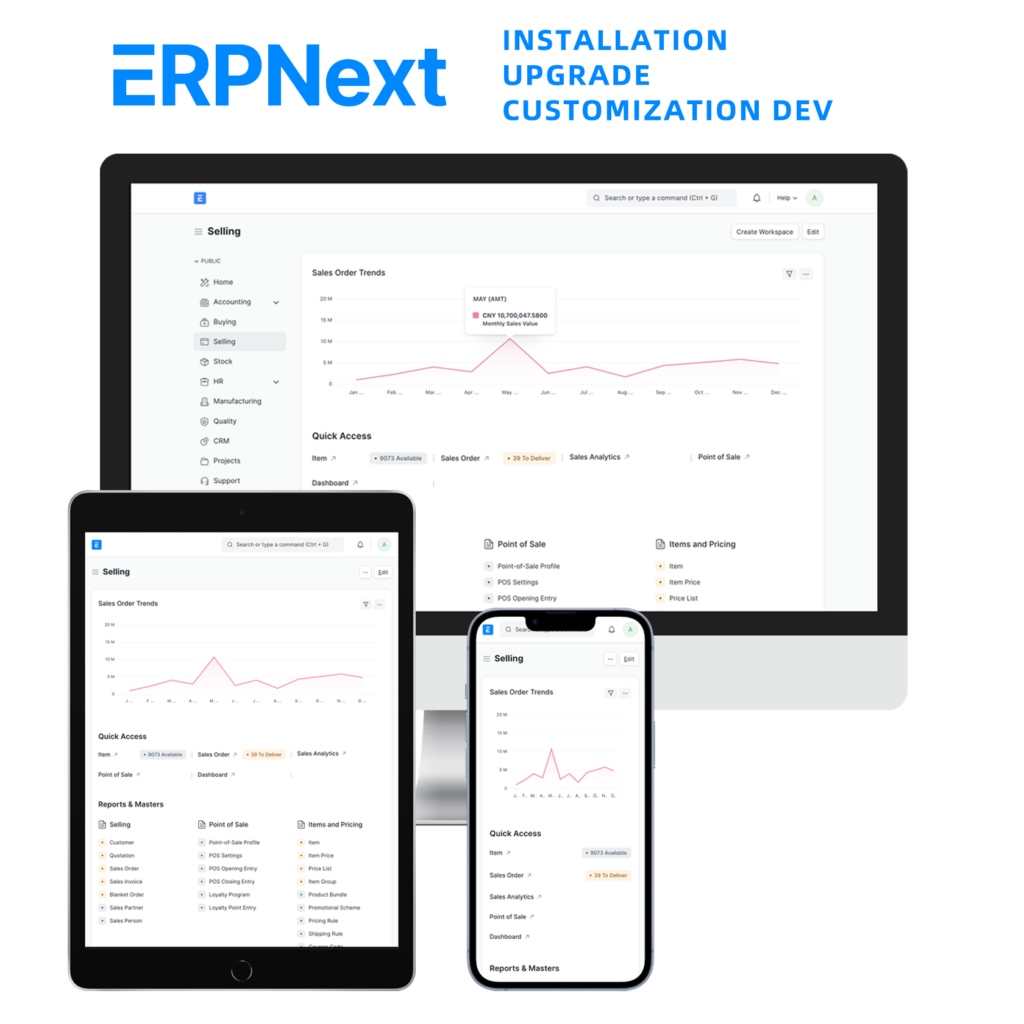In the manufacturing industry, those who embrace digitalization early will run faster and last longer.

But when it comes to digital systems, many factory owners feel overwhelmed—ERP, MES, WMS, PLM, SCM… they all sound impressive, but what do they actually do? Do you need all of them? In what order? Are they expensive? Are they worth it?
Don’t worry—today, let’s use a simple factory case to clearly explain what each of these five systems does and how they work together.
The Story of a “Smart Factory”
Let’s say you run a factory that makes rice cookers. As orders increase, you want to boost efficiency through digital systems. A consultant recommends five core systems:
✅ 1. ERP: The “Central Brain” of Your Business
ERP (Enterprise Resource Planning) is the most essential system—the “housekeeper” of your company. It manages finance, procurement, sales, inventory, and production planning, integrating all departments.
Example: When a customer orders 500 rice cookers, ERP automatically creates a sales order, triggers raw material purchasing, schedules production, calculates cost, and generates the invoice.
🔍 Keywords: Planning, finance, orders, resource integration
✅ 2. MES: The “Control Center” for Production
MES (Manufacturing Execution System) focuses on the shop floor, helping you track every step of the production process. It connects planning (ERP) with real-time execution.
Example: ERP says to produce 100 inner pots today—MES tells you how many have been made, how long it took, whether machines malfunctioned, or if a worker is underperforming.
🔍 Keywords: Real-time execution, monitoring, work order tracking
✅ 3. WMS: The “Smart Warehouse Keeper”
WMS (Warehouse Management System) manages your raw materials and finished goods storage—solving inventory inaccuracies.
Example: After receiving 500 heating plates, WMS tracks their quantity, location, and shelf life. When issuing materials, it uses barcode scanning to prevent mistakes.
🔍 Keywords: Inbound/outbound, inventory accuracy, bin management
✅ 4. PLM: The “Engineering Data Hub”
PLM (Product Lifecycle Management) manages the product’s journey from design to prototyping to mass production. It’s your R&D team’s best friend.
Example: When developing a smart rice cooker, everything from CAD drawings to BOMs and version changes are stored in PLM for easy reference and traceability.
🔍 Keywords: R&D, BOM, engineering documents, version control
✅ 5. SCM: The “Collaboration Hub” with Suppliers and Customers
SCM (Supply Chain Management) connects your business with external partners—suppliers, customers, logistics—becoming your “information highway” beyond the factory walls.
Example: You have 10 suppliers. SCM allows online bidding, supplier evaluations, and demand forecasting—so you can see who delivers on time and who consistently delays.
🔍 Keywords: Collaboration, forecasting, supplier management, lead time
In Summary: There’s an Order to Digital Transformation
Some businesses try to implement everything at once, but end up wasting money and seeing no results. In reality, digital transformation is a step-by-step journey. A recommended order is:
👉 Start with ERP as the foundation → Add MES to control production → Use WMS to stabilize inventory → Adopt PLM for R&D management → Implement SCM for supply chain collaboration
Of course, the sequence may vary based on your company’s size and management maturity.
Final Thought
Digital transformation in manufacturing isn’t just about installing software—it’s about upgrading your management mindset and processes. Understand these five core systems, and you’ll already be ahead of 90% of your competitors!